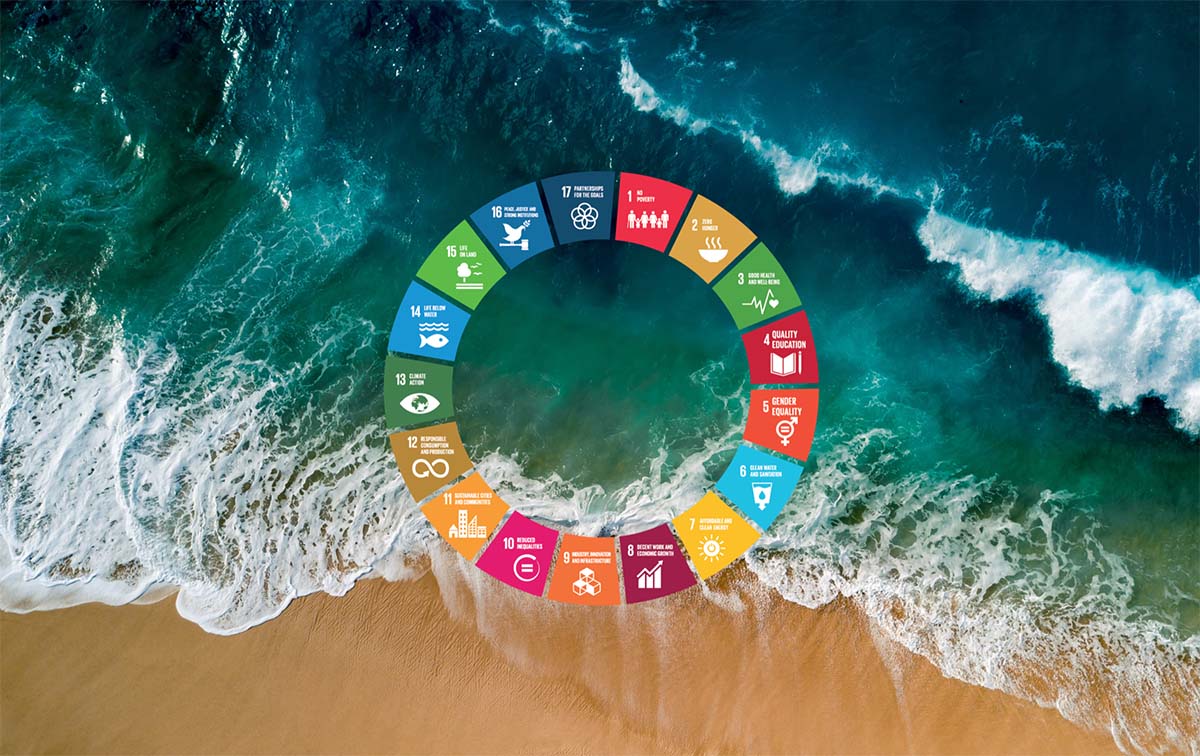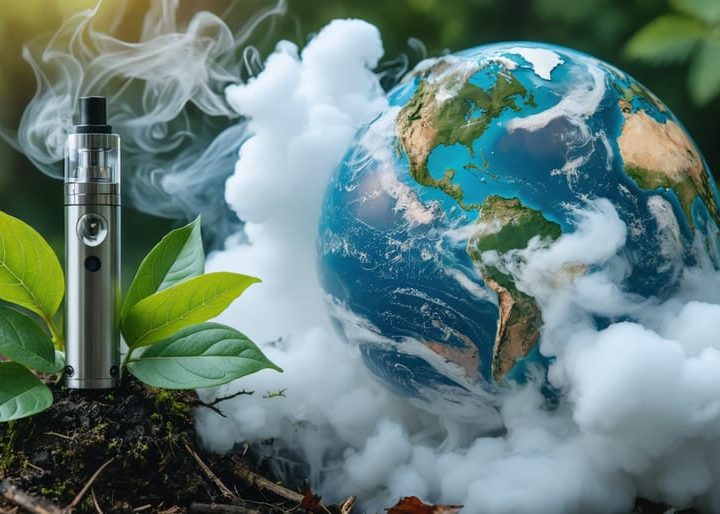Researchers from the U.S. Department of Energy’s Argonne National Laboratory, Brookhaven National Laboratory, Lawrence Berkeley National Laboratory California Institute of Technology, and UVA’s College and Graduate School of Arts & Sciences made a discovery that could get rid of the problem in keeping and distributing solar energy. Therefore, this is a great advancement towards the future of clean energy.
One method of getting solar energy is through the use of solar electricity to separate water molecules into hydrogen and oxygen. The hydrogen from this process will be kept as fuel so that it can be transported to different places to generate power when needed.
A catalyst is needed to divide water molecules. Oxygen evolution reaction, which are current catalysts used, is not practical to be used in splitting water molecules.
Sen Zhang and T. Brent Gunnoe, who are chemistry professors, together with their research team, discovered new catalysts through the chemical strategy created by UVA. These are cobalt and titanium. The benefit of using these is that they are more readily available in nature compared to other elements used as catalysts.







